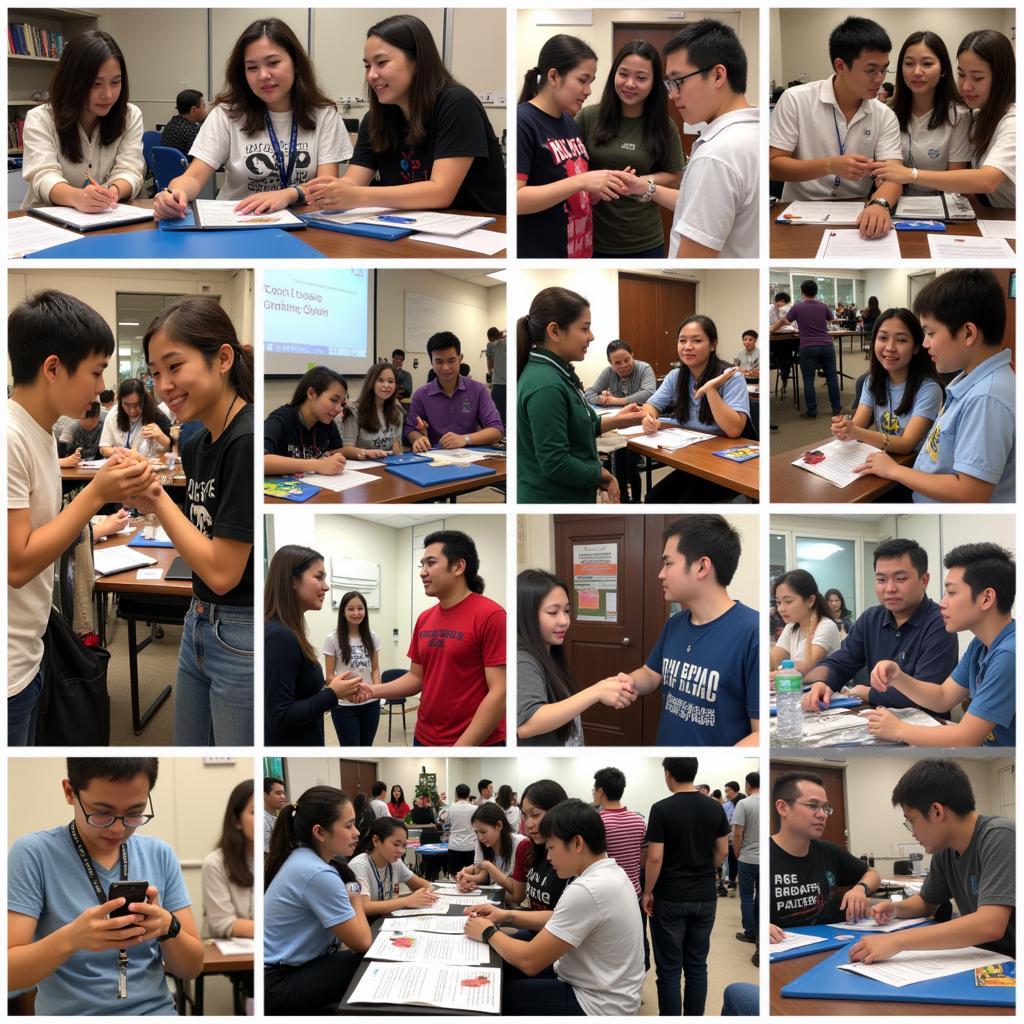The ASEA fracture, a complex geopolitical issue, has become a growing concern for nations within the Southeast Asian region. This article delves into the intricacies of this fracture, exploring its causes, consequences, and potential solutions for fostering unity and stability. We will examine the historical, economic, and social factors that have contributed to this divide, as well as the implications for regional cooperation and international relations.
What Contributes to the ASEA Fracture?
Several key factors contribute to the ASEA fracture, creating tension and hindering cooperation. These factors are interconnected and influence each other, making the situation even more challenging to address.
- Economic Disparities: A significant gap exists between the more developed and less developed economies within ASEAN. This disparity can lead to resentment and competition for resources, hindering regional integration efforts.
- Political Ideologies: Differing political ideologies and systems within ASEAN nations can create friction and mistrust. These differences can complicate efforts to reach consensus on regional issues and hinder the development of a shared vision for the future.
- Territorial Disputes: Long-standing territorial disputes, particularly in the South China Sea, have strained relationships between several ASEAN members. These disputes create an environment of uncertainty and can escalate into conflict, undermining regional stability.
- Historical Baggage: Past conflicts and historical grievances between certain ASEAN nations continue to influence present-day relations. These historical factors can fuel mistrust and complicate efforts to build stronger ties.
- External Influences: The involvement of major powers in the region, each with its own strategic interests, can exacerbate existing tensions within ASEAN. This external influence can further complicate the fracture and make it more difficult for ASEAN to find common ground.
The Consequences of the ASEA Fracture
The ASEA fracture has far-reaching consequences that impact not only the region but also the broader international community.
- Hindered Economic Integration: The fracture makes it difficult for ASEAN to fully realize its economic potential. Lack of trust and cooperation hinders the free flow of goods, services, and investments, impacting regional growth.
- Increased Security Risks: Tensions and disputes arising from the fracture create an environment of instability, increasing the risk of conflict. This instability can have devastating consequences for the region and beyond.
- Weakened Regional Influence: A fractured ASEAN has less influence on the global stage. A united ASEAN would have a stronger voice in international affairs, but internal divisions undermine its ability to effectively represent the region’s interests.
- Vulnerability to External Pressure: A divided ASEAN is more vulnerable to external pressure and manipulation. Major powers can exploit these divisions to advance their own agendas, potentially at the expense of ASEAN’s interests.
Bridging the ASEA Fracture: A Path Towards Unity
Addressing the ASEA fracture requires a multi-faceted approach that focuses on building trust, fostering cooperation, and promoting mutual understanding.
- Strengthening Economic Cooperation: Promoting inclusive economic growth and reducing economic disparities are crucial for bridging the divide. This involves investing in less developed economies, facilitating trade, and creating a level playing field for all ASEAN members.
- Enhancing Political Dialogue: Open and honest dialogue between ASEAN members is essential for addressing political differences and building trust. Regular meetings and consultations can help to resolve disagreements and foster a spirit of cooperation.
- Resolving Territorial Disputes Peacefully: Finding peaceful solutions to territorial disputes is critical for ensuring regional stability. This requires diplomacy, negotiation, and a commitment to international law.
- Promoting People-to-People Exchanges: Cultural exchanges, educational programs, and tourism can foster greater understanding and appreciation of the diverse cultures within ASEAN. These initiatives can help to build bridges between people and promote a sense of shared identity.
- Strengthening ASEAN Institutions: Empowering ASEAN institutions to effectively address regional challenges is vital. This involves providing them with the resources and authority they need to mediate disputes, enforce agreements, and promote cooperation.
“A strong and united ASEAN is essential for regional stability and prosperity. By working together, we can overcome our differences and build a brighter future for all,” states Dr. Anya Sharma, a prominent Southeast Asian political analyst.
 People-to-People Exchange in ASEAN
People-to-People Exchange in ASEAN
Conclusion
The ASEA fracture presents a significant challenge to the region, but it is not insurmountable. By addressing the underlying causes and working together towards shared goals, ASEAN can overcome this divide and achieve its full potential. A united and prosperous ASEAN benefits not only its member states but also the global community.
FAQ
- What is the ASEA fracture?
- What are the main causes of the ASEA fracture?
- How does the ASEA fracture impact regional stability?
- What are the potential solutions for bridging the ASEA fracture?
- What role can external powers play in addressing the ASEA fracture?
- How can individuals contribute to fostering unity within ASEAN?
- What are the long-term consequences if the ASEA fracture remains unresolved?
Need further assistance? Contact us at Phone: 0369020373, Email: [email protected], or visit our office at Thôn Ngọc Liễn, Hiệp Hòa, Bắc Giang, Việt Nam. We have a 24/7 customer service team available to assist you.


